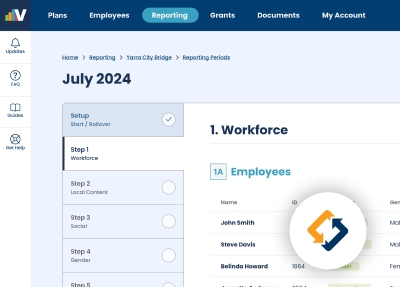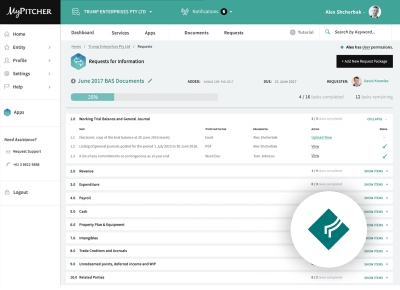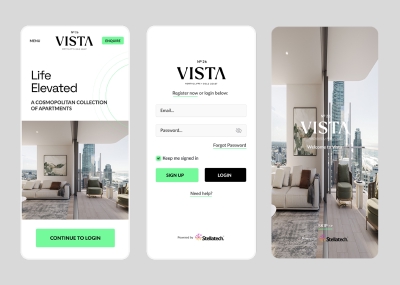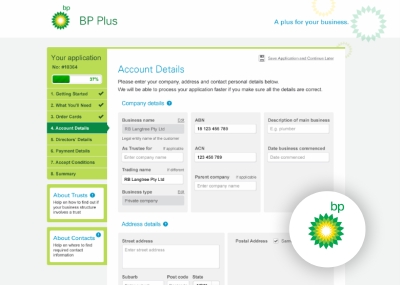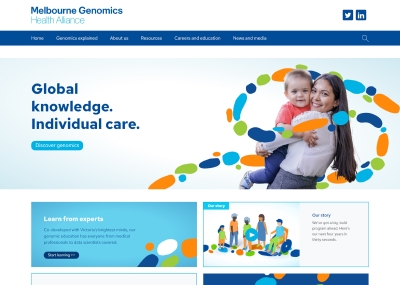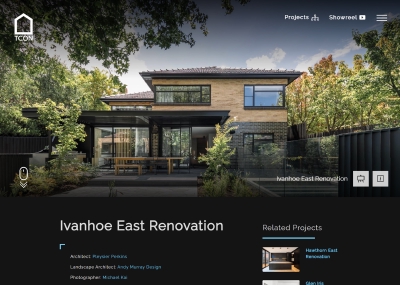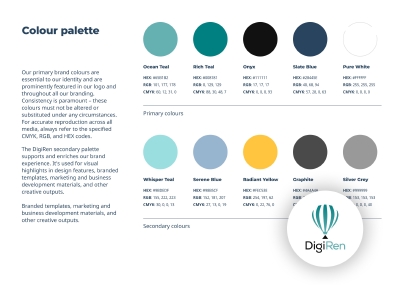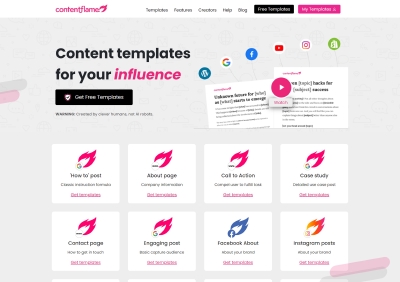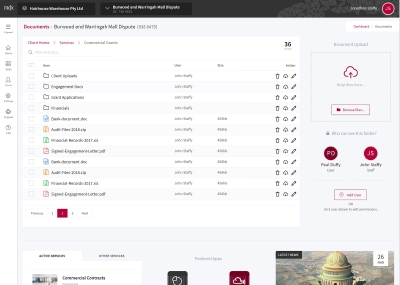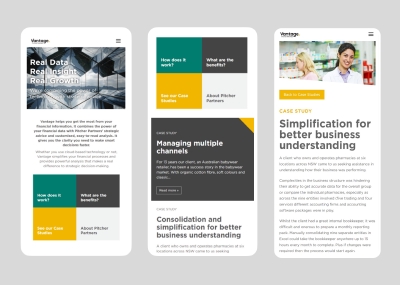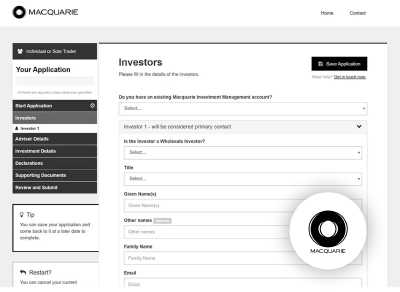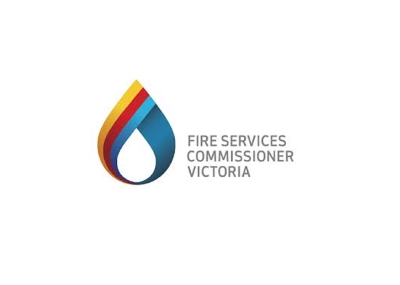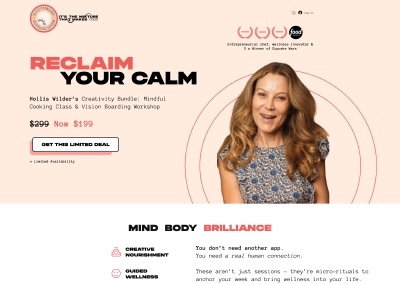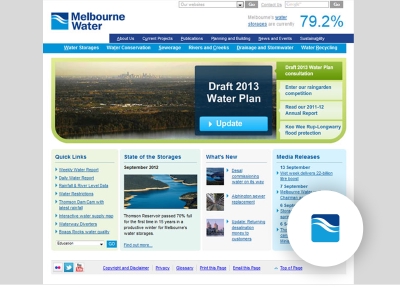End-to-End Product Design for Immersive Property Engagement
Designing a high-converting, interactive sales app for agents and buyers—before the property exists.
The Mission
To enable off-the-plan real estate sales through a sleek, responsive app that showcased 3D renders, allowed virtual tours, and guided users from exploration to expression of interest—all while supporting real-time agent collaboration and analytics.
Client
Confidential (Property Developer)
This app was developed as a white-label product for a major developer with future scalability in mind across multiple projects.
My Roles
Lead Product Designer / UX / Figma Prototyping
(via Hydra Digital Agency)
- Created interactive prototypes and animations in Figma
- Led UX and product vision in Agile sprints
- Collaborated with global development teams
- Presented features to senior stakeholders
Challenges
The product needed to handle high-resolution 3D assets, enable virtual tours, and allow agents to manage leads with real-time insights. It also had to support both public-facing and secured authenticated views, be mobile-optimized for portrait and landscape, and include contract-ready CTAs.
- Responsive layout for landscape/portrait views
- Balancing performance with media-heavy content
- Agent dashboard & lead tracking with live insights
- Secure public/private state views with authentication
- Scalable white-label structure for future builds
Approach
Discovery
Workshops and competitor audits informed the MVP roadmap and UX priorities.
Design
Created a polished prototype with animation and interaction layers in Figma.
Testing
Conducted feedback loops with devs and stakeholders in each sprint.
Delivery
Specs, style guides, and handoff assets supplied for dev. Collaborated daily via Slack and Jira.
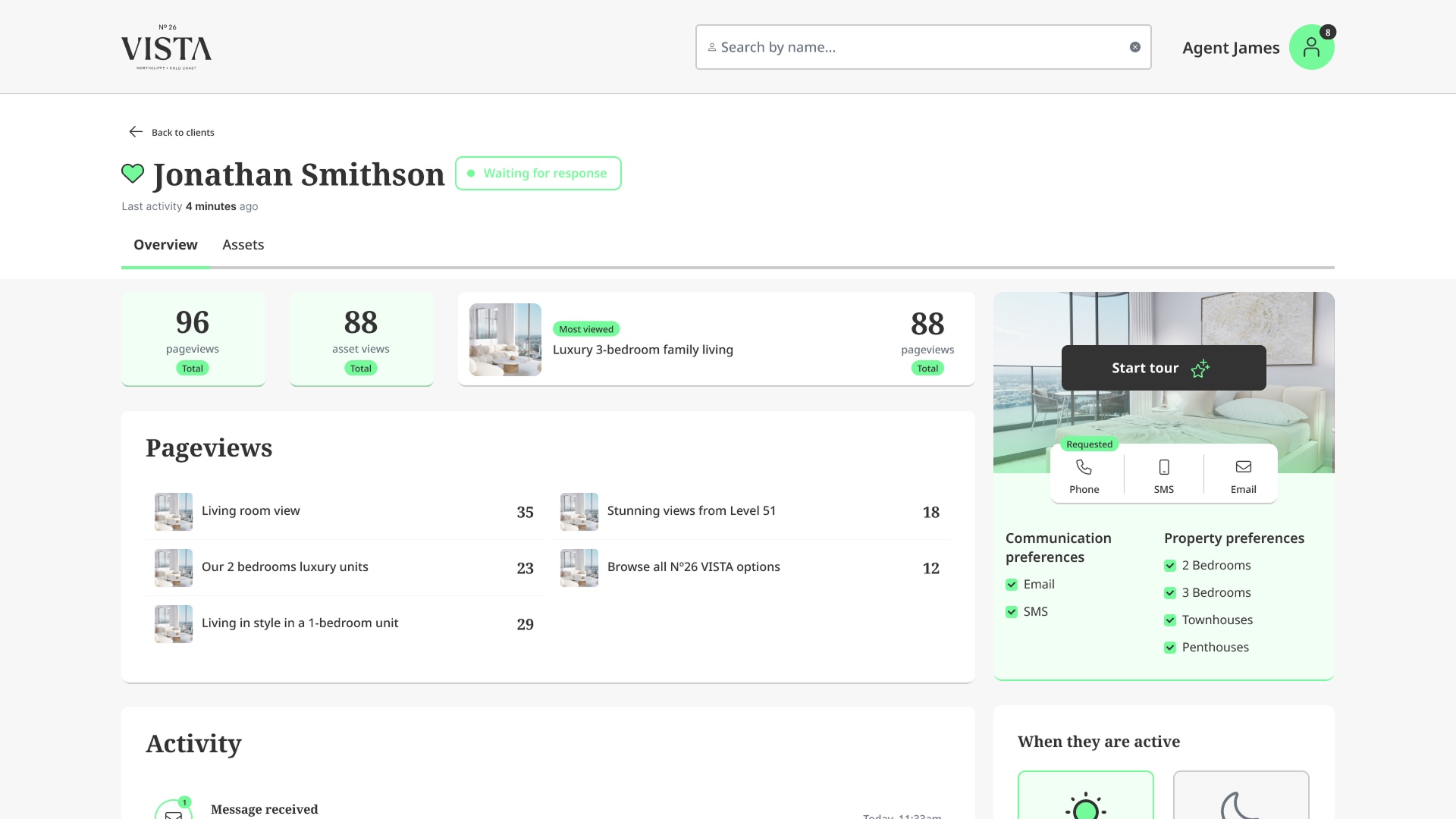
Design Thinking
Our approach was grounded in immersive prototyping and behavioral UX research. One of the key challenges was ensuring that rich 3D renders and animations played seamlessly across devices without degrading visual quality or user control.
We looked to best-in-class media experiences—particularly platforms like Netflix—to determine how to elegantly present video and render content. One standout strategy involved training users to instinctively rotate their phones into landscape mode when viewing certain content.
Rather than overexplaining or prompting with modals, we embraced the idea of direct landscape jump triggers, mirroring familiar behaviors from popular streaming apps. This reduced friction and made the orientation shift feel natural, consistent, and expected across the platform.
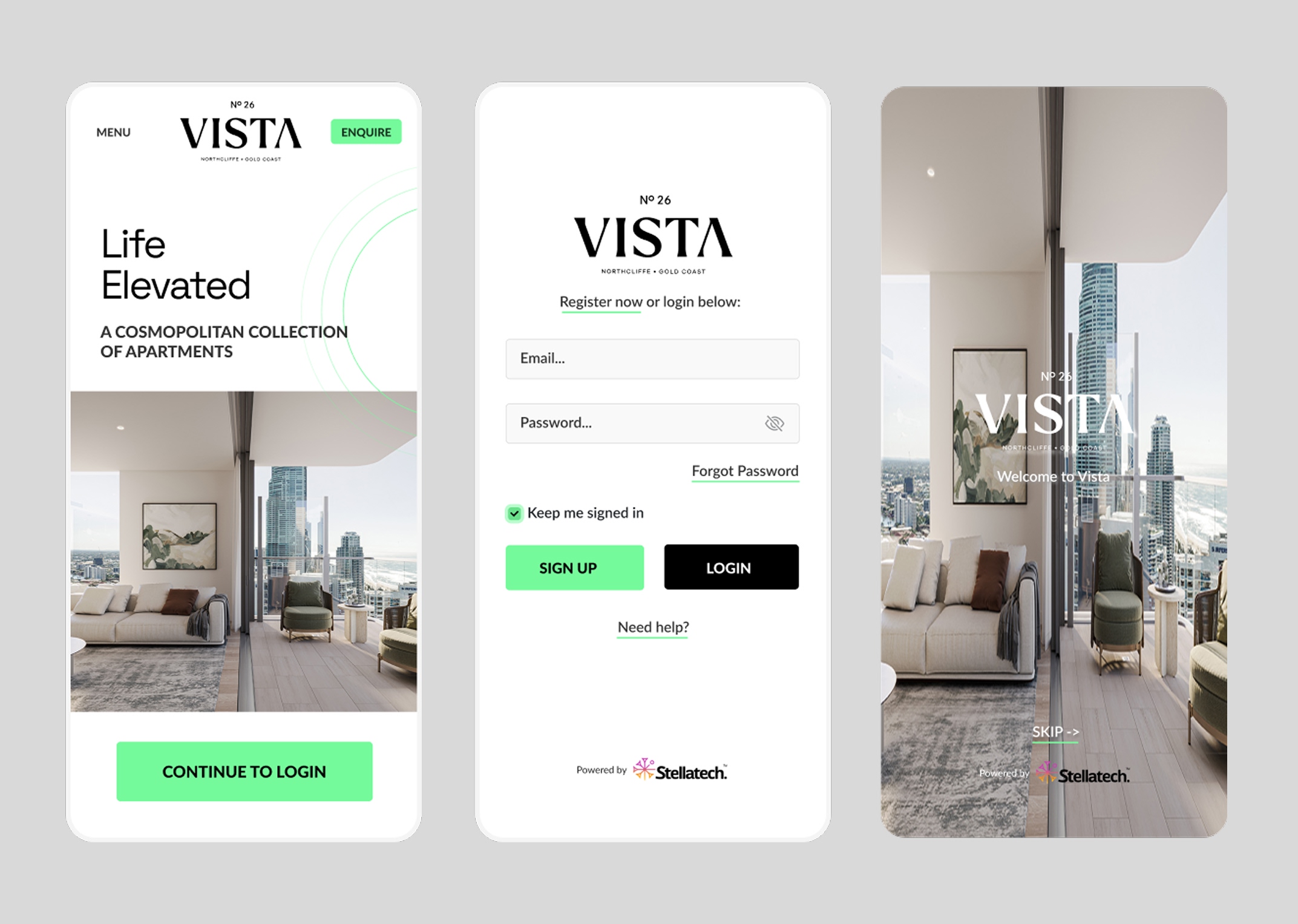
Impact
The result is a highly polished app that supports real-time collaboration, lead tracking, and property discovery. Agents can guide users through virtual floorplans and 3D renders while tracking activity, interest, and conversions.
- Streamlined buyer journeys from interest to contract
- Agent visibility into every buyer interaction
- Fast performance despite heavy visual assets
- Brand-adaptable white-label architecture
+40%
Increase in agent
follow-up speed
High
Client and agent
satisfaction
Zero
Dropout at
contract step
10+
White-labeled
for multiple projects
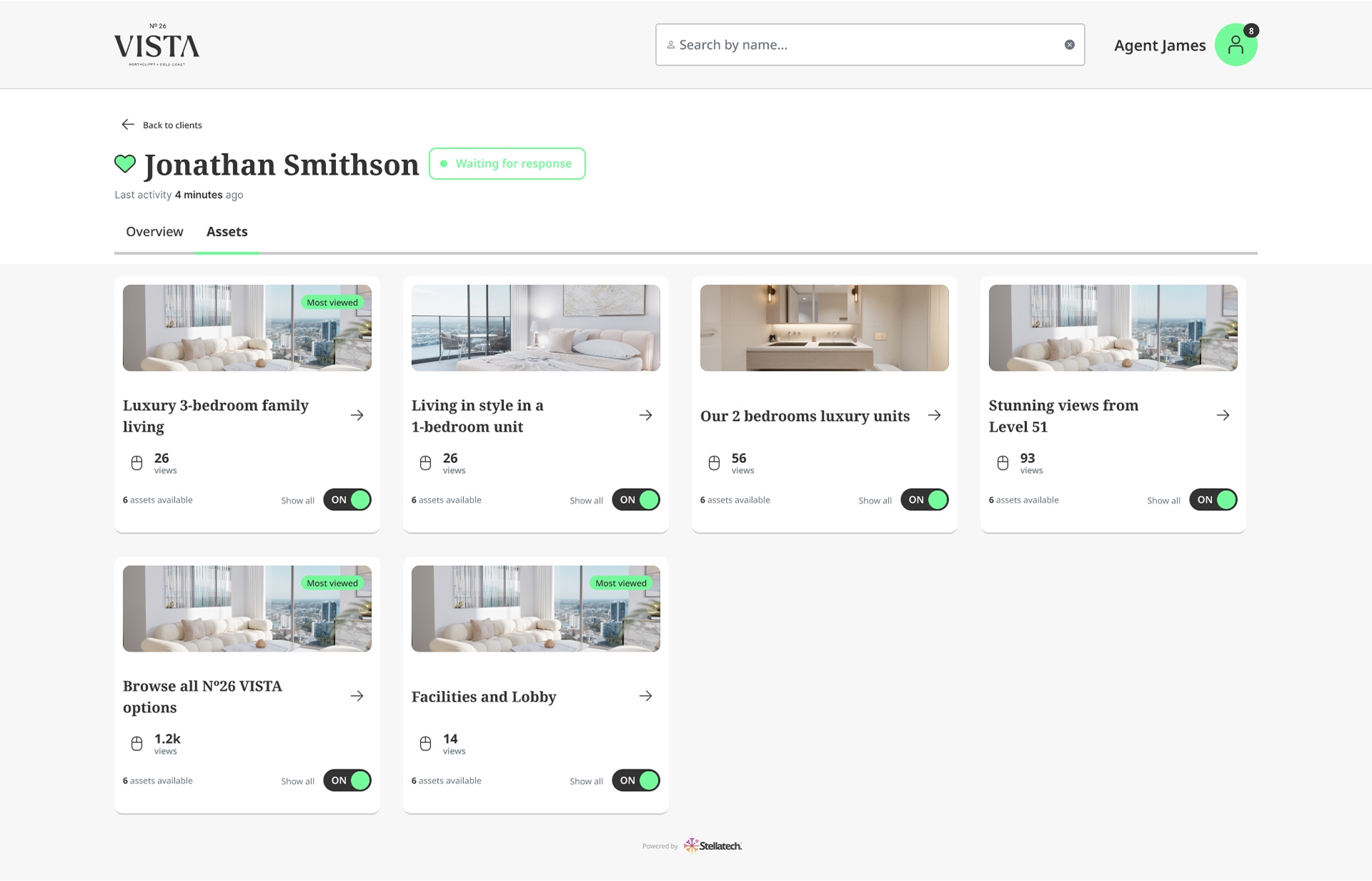
How I Worked
I led the product design effort across a multi-timezone team. Each sprint included close coordination with developers, product owners, and marketing stakeholders to align the technical feasibility, visual fidelity, and business objectives.
I created interactive, annotated Figma prototypes with animated transitions, responsive states, and branded components. These assets became the single source of truth across teams and were presented regularly to major stakeholders.
Daily check-ins and sprint planning were conducted via Slack and Jira, with continuous iteration based on internal QA feedback and agent testing. Special attention was given to accessibility, landscape support, and data privacy across authenticated and public views.
Tools & Stack
Final Takeaway
This project brought together UX craft, business alignment, and tech feasibility to launch a premium property sales experience. Building for real estate meant balancing emotion and data—and this app delivered both. The fact it could be re-skinned and reused for other developments was a win for the client’s long-term roadmap.
